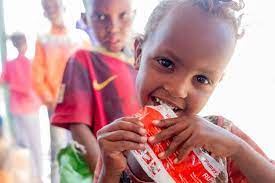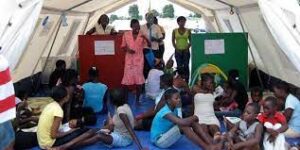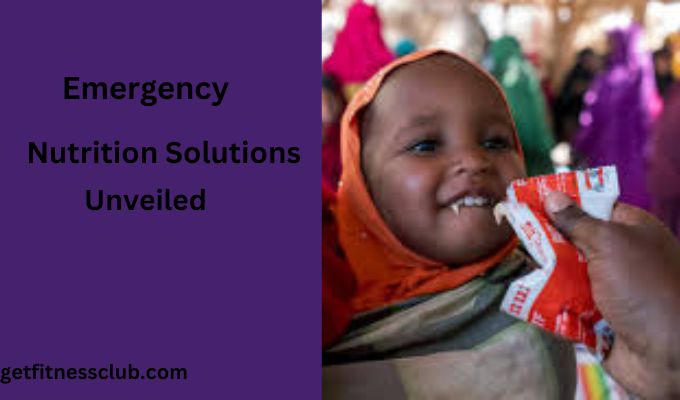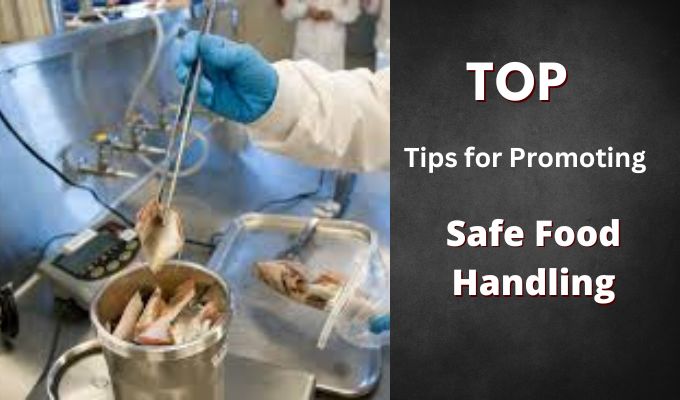In the face of unexpected crises, ensuring proper nutrition becomes a beacon of hope. Picture this: a community grappling with the aftermath of a disaster. In such dire circumstances, “Emergency Nutrition Solutions Unveiled takes center stage, becoming a lifeline for survival. It’s not just about food; it’s about understanding the nutritional puzzle in times of chaos. This journey explores the essential strategies that transform meals into resilience, uncovering the key to sustenance when the unexpected strikes. Join us as we unravel the pivotal role nutrition plays in emergencies, painting a vivid picture of strength, recovery, and the human spirit prevailing against all odds.
Introduction:
In times of crisis, addressing nutrition is paramount for community resilience and well-being. This guide navigates the intricate landscape of “Addressing nutrition in emergencies,” offering practical insights to ensure a robust response when it matters most.

Understanding the Landscape:
Explore the unique challenges emergencies pose to nutrition. Delve into the impact on food sources, dietary habits, and health, laying the foundation for effective intervention.
Immediate Nutritional Aid:
Discover swift and effective strategies for providing immediate nutritional aid during emergencies. Learn about prioritizing essential nutrients and coordinating rapid response teams.
Sustainable Food Solutions:
Explore long-term solutions for sustained nutrition. From community gardens to local food production, uncover approaches that promote resilience and reduce dependency on external aid.
Accessibility and Distribution:
Examine the logistics of delivering nutritional assistance. Address challenges related to transportation, storage, and equitable distribution to ensure no community is left behind.
Community Engagement and Education:
Highlight the significance of involving communities in the nutritional response. Promote education on locally available resources, healthy cooking practices, and the importance of balanced diets.
Monitoring and Evaluation:
Establish effective monitoring and evaluation systems. Track nutritional outcomes, assess program effectiveness, and adapt strategies based on real-time data for continual improvement.
Success Stories:
Celebrate instances where effective nutritional interventions made a tangible impact. Showcase stories of resilience, recovery, and communities overcoming nutritional challenges during emergencies.
Conclusion:
Summarize key takeaways, emphasizing the ongoing importance of addressing nutrition in emergencies. Inspire continued efforts in building resilient communities capable of withstanding unforeseen challenges.

FAQS:
Q1:What is the role of nutrition in emergencies?
Nutrition plays a critical role in emergencies by directly impacting the health and well-being of affected populations. During crises, access to adequate and balanced nutrition is often compromised, leading to increased vulnerability to diseases, especially among children and the elderly. Proper nutrition is essential for the body’s resilience, immune system support, and overall recovery during and after emergencies.
Q2:How do you address nutrition problems?
Addressing nutrition problems in emergencies involves a multifaceted approach. Immediate interventions include the provision of nutrient-dense food, nutritional supplements, and clean water. Long-term strategies focus on sustainable solutions, such as community engagement, promoting local food production, and education on healthy dietary practices. Collaborative efforts with local communities, NGOs, and governments are vital for a comprehensive response.
Q3:What is the role of nutrition surveillance in nutrition emergencies?
Nutrition surveillance is pivotal in emergencies for monitoring and assessing the nutritional status of affected populations. It involves systematic data collection, analysis, and interpretation to understand trends, identify vulnerable groups, and guide targeted interventions. Nutrition surveillance helps authorities make informed decisions, allocate resources efficiently, and implement timely interventions to prevent and address malnutrition during emergencies.
Q4:How do you address poor nutrition?
Addressing poor nutrition involves a holistic approach. Education and awareness campaigns are crucial to promoting healthy eating habits. Providing access to affordable, diverse, and nutrient-rich food is essential. Community-based initiatives, such as nutrition education programs and support for local agriculture, contribute to sustainable solutions. Collaboration with healthcare professionals, NGOs, and governments is key to implementing effective policies and programs that address the root causes of poor nutrition.


